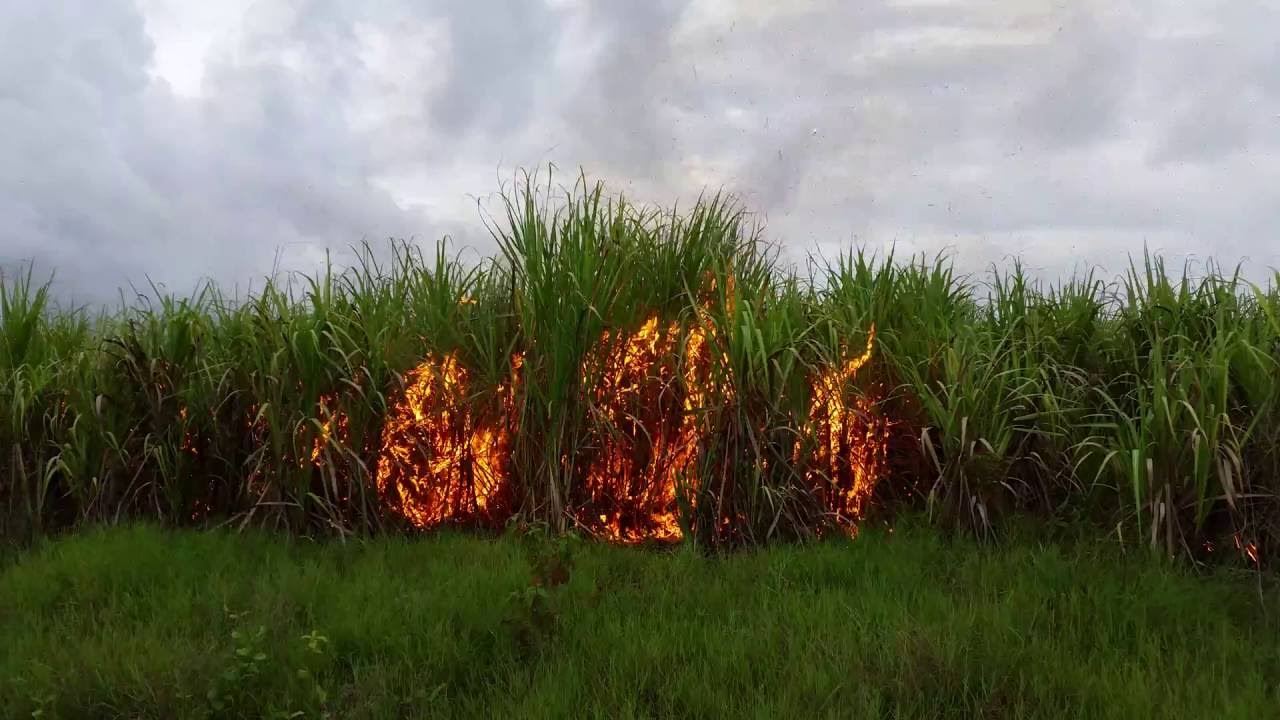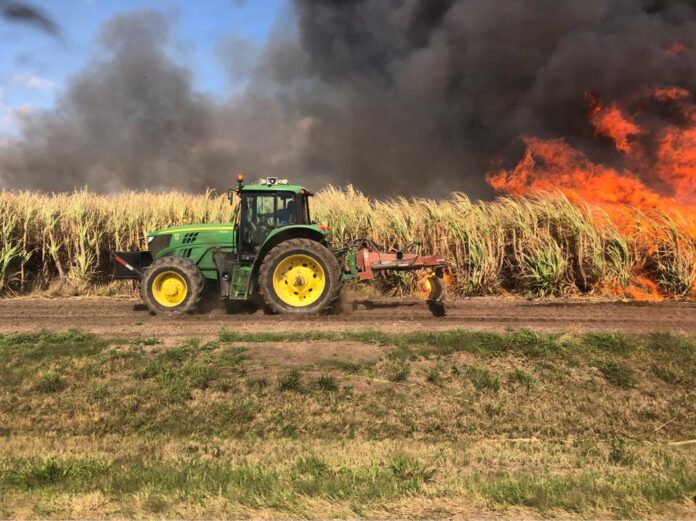Sugarcane farming is part of the fabric of south Florida. It’s been an important part of the region’s economy for decades, providing more than 12,000 jobs and $3.2 billion per year in economic activity. “Florida sugarcane” is part of our identity, and the production of that sugarcane is deeply intertwined with the region’s culture and traditions.
All of that is true because sugarcane farmers actually know what they are doing. They’re good at it. And they understand that their industry and the jobs it supports depend on the long-term health of the soil, the water, the air and the environment.
That’s why, each Fall and Winter — as they have for many, many years, Florida’s sugar farmers burn the sugarcane fields to remove the excess leaves before harvesting the cane. They do it because it makes sense, especially with Florida’s climate and rich soil. It makes sense economically, and it makes sense environmentally.
Florida’s own environmental and agriculture regulators know that cane burning makes sense. They know because they have spent many years working with the farmers to understand the process, monitor the impacts, weigh the benefits and develop rules to insure that cane burning doesn’t harm the state’s air quality. Each burn is limited to 40-80 acre blocks of land, can only be done during the daytime, and only lasts about 20 minutes. The farmers obtain permits for the burns, just like anyone else — including government agencies — who uses controlled burns to manage public and private lands. Those permits take into account field location, wind and other weather conditions, timing and any potential risks.

From the farmers to the regulators, they do it right, and they do it because controlled burning the fields is the best option for insuring a safe efficient, economical and environmentally prudent cane harvest.
For confirmation that they are doing it right, just look at the fact that the air quality in and around Florida’s sugarcane producing areas is among the best in the state, and meets all the government environmental and air quality standards. Cane burning isn’t hurting the air or the people who breathe it.
But wait. The hedge fund managers and Ivy League farming experts at the Sierra Club are now telling us that cane burning is bad. The state environmental and agriculture officials and the farmers who have been producing Florida sugarcane for generations are all wrong.
The farmers must stop harvesting cane the way they have done it for decades and, instead, do it the way some farmers in Brazil are now doing it — because their government has told them to. That’s right. The smart folks at the Sierra Club are today telling the state’s experts, the farmers and Floridians who have experienced the tradition of cane burning for their entire lives that they are doing it wrong — and that there are better ways.
The Sierra Club is trying to force Florida sugar farmers to stop burning the fields and instead leave the foliage on the ground or run thousands of trucks and other fossil-fueled equipment through the fields to gather it up and take it somewhere else to be used as “biofuel” or whatever. After all, that’s what some folks are doing in Brazil and Australia.
Never mind that what might work in Brazil, Australia or elsewhere around the world won’t work in Florida, where sugarcane is vulnerable to near-freezing temperatures and would be even more vulnerable if foliage were left on the ground to block the sun from warming the soil. Never mind that Florida’s soil is mucky enough without leaving more wet, leafy material to cause root rot and allow pests to flourish.
Yes, harvesting “green”, without burning the fields first, may actually make sense in places like some parts of Australia, where the soil is drier and the benefits of burning not as great. Likewise, if Brazil wants to force farmers to stop burning, while spending billions to prop up their industry, that’s an option — but not a very American one.
The Sierra Club, its big-money funders and their subsidiaries have spent millions and many years chasing a political vendetta against Florida’s sugar farmers. They just don’t want sugarcane production to continue in South Florida. They have tried, and failed, to force the state to buy up the land and put farmers out of business — under the guise of Everglades protection.
Now, their tactic has shifted to putting the farmers out of business by creating an imaginary environmental threat and regulating them to death by stopping the decades-old, safe and already-highly-regulated practice of controlled burning the fields prior to harvesting the cane.
There is no science to back up their claims, the alternatives to burning they are suggesting are solutions in search of a problem, and would cause more environmental harm than they would prevent.
If what the Sierra Club wants made sense, the farmers, real experts and experienced regulators would already be doing it. But they aren’t, because controlled cane burning is a proven and safe part of the annual harvest that provides jobs and much-needed dollars to the Florida economy.
Leaving the farming to the farmers is what makes sense. Florida isn’t Brazil. It isn’t Australia. It’s Florida, and that’s why Florida sugarcane isn’t just a product, but a tradition worth preserving.
